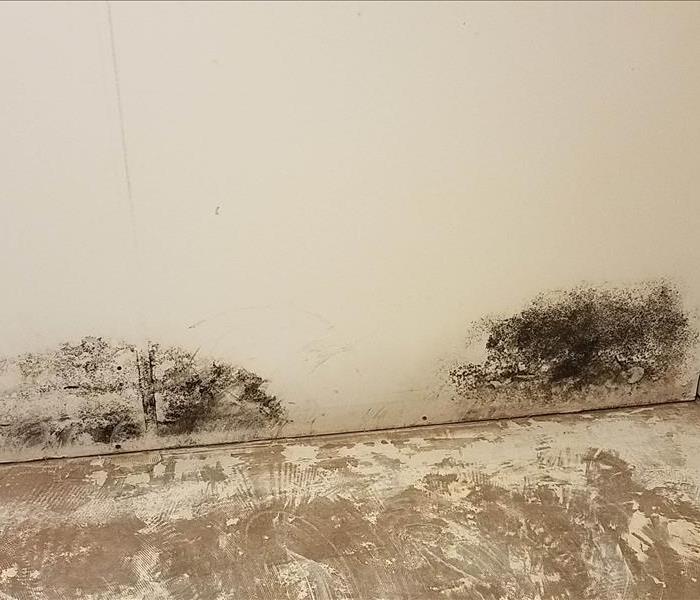Mold Cleaning: Understanding the Standards for Effective Mold Remediation
5/25/2023 (Permalink)
Mold growth in homes, offices, and other indoor spaces can pose serious health risks and cause structural damage. Therefore, mold remediation and cleaning are crucial to maintain a healthy indoor environment. But is there a standard for mold cleaning? In this blog, we will explore the concept of mold cleaning standards and their importance in ensuring effective mold remediation.
Standards and Guidelines
Mold cleaning standards are guidelines and protocols that outline the proper methods and procedures for removing mold contamination from indoor environments. These standards are developed and maintained by reputable organizations and agencies, such as the Environmental Protection Agency (EPA), the Occupational Safety and Health Administration (OSHA), the Institute of Inspection, Cleaning, and Restoration Certification (IICRC), and the American National Standards Institute (ANSI). These organizations set the bar for best practices in mold remediation and cleaning, taking into account the latest research, scientific data, and industry expertise.
EPA
One of the most widely recognized and referenced standards for mold cleaning is the EPA's "Mold Remediation in Schools and Commercial Buildings" document, also known as the EPA Mold Remediation Guidelines. This comprehensive guide provides detailed instructions on how to clean up mold contamination in various types of buildings, including schools and commercial properties. It covers topics such as identifying mold, evaluating the extent of mold contamination, protecting workers and occupants during mold cleanup, and proper disposal of moldy materials.
OSHA
OSHA also provides guidelines for mold remediation in the workplace, specifically in construction and general industry settings. These guidelines, outlined in the OSHA Technical Manual, emphasize the importance of assessing and controlling mold exposure to protect workers' health and safety. They cover topics such as respiratory protection, personal protective equipment (PPE), engineering controls, and work practices to prevent the spread of mold during cleanup.
IICRC
The IICRC, a leading organization in the field of inspection, cleaning, and restoration, has also developed the "S520 Standard and Reference Guide for Professional Mold Remediation." This standard provides comprehensive information on mold identification, evaluation, and remediation, as well as guidelines for equipment, containment, and cleaning procedures. The S520 standard is widely used by mold remediation professionals as a reference for best practices.
In addition to these organizations, ANSI has also developed standards related to mold remediation. ANSI/IICRC S500: "Standard and Reference Guide for Professional Water Damage Restoration" includes information on mold remediation as part of the overall water damage restoration process. ANSI/RIA (Restoration Industry Association) 7001: "Standard for Professional Mold Remediation" guides the proper procedures and requirements for mold remediation projects.
It's important to note that mold cleaning standards are not legally binding regulations, but they are widely recognized and followed by industry professionals as the best practices for mold remediation. Adhering to these standards can ensure that mold cleanup is done effectively and safely, protecting the health and well-being of occupants and workers.
In conclusion, while there may not be a single universally recognized standard for mold cleaning, there are widely accepted guidelines and protocols developed by reputable organizations that serve as the industry's best practices. These standards provide valuable guidance on how to effectively and safely remediate mold contamination in indoor environments. If you encounter mold in your home or workplace, it's essential to engage qualified mold remediation professionals who follow these standards to ensure that the mold is properly addressed and removed. DIY mold cleanup is not recommended as it can be risky and may not meet the standards for effective mold remediation.




 24/7 Emergency Service
24/7 Emergency Service
